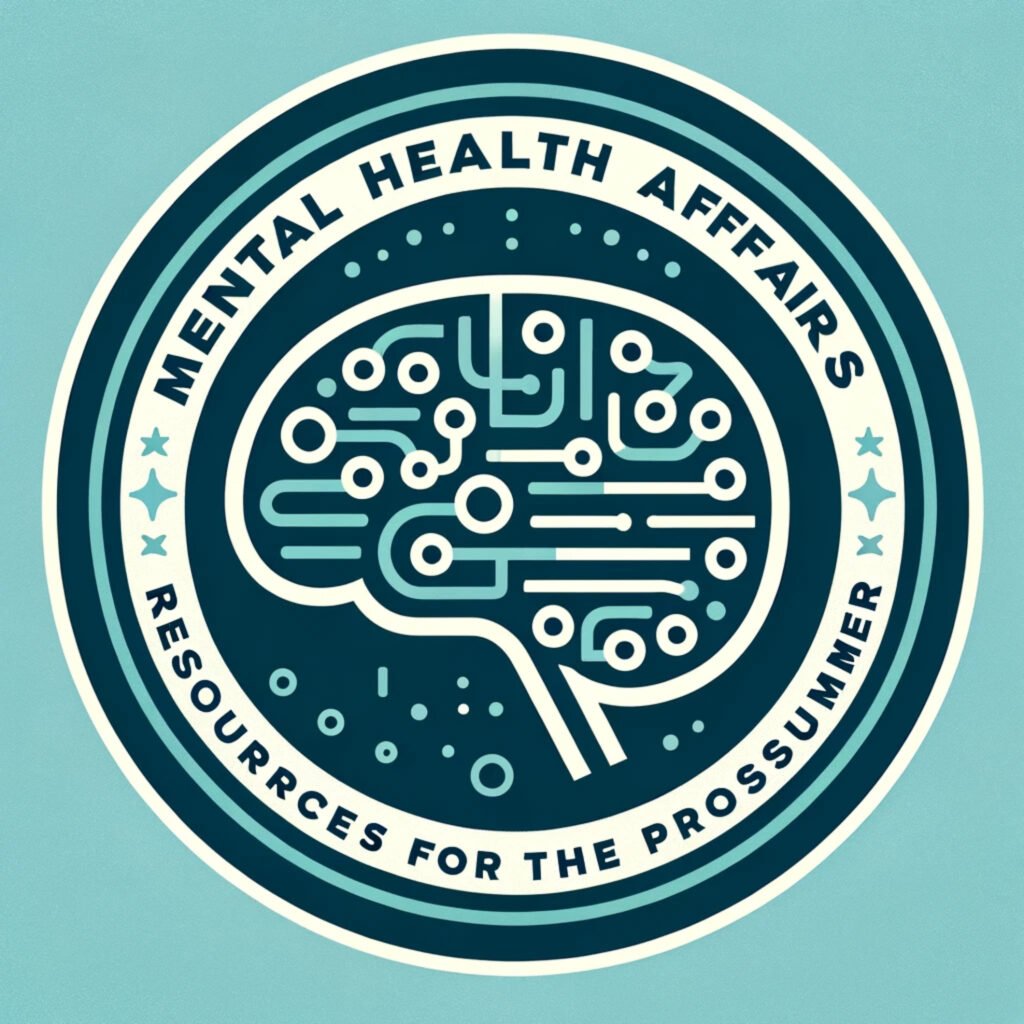Understanding Mental Health Affairs
When I write about Mental Health Affairs, I often assume that people already understand what I mean. To me, the concept is crystal clear—an interdisciplinary, evolving space where mental health is not just a clinical concern but a societal, ethical, and cultural discourse. But then I realize something crucial: many people don’t immediately grasp the term. They may be interested, curious even, but they don’t necessarily know what they’re engaging with. And that irony is exactly why this discussion is so necessary.
Until this blog, entities like the Office of Mental Health or other government mental health agencies were limited and only addressed ‘mental illness.’ These offices tend to focus on funding, compliance, and the administration of care, treating mental health as a subset of public health management. But what happens when we step outside these strict governmental definitions and look at mental health as a broad, interdisciplinary, and evolving concept? This is where the notion of Mental Health Affairs comes into play.
Defining Mental Health Affairs
Mental Health Affairs is about more than policy or treatment. It is about the gray areas—the interstitial spaces where philosophy meets science, where individual experiences meet systemic structures, and where ambiguity is not a flaw but a necessary element of understanding. The very fact that the term is not immediately clear is what makes it so important. Because mental health itself has never been a single, static concept, and neither should our discussions about it be.
Mental Health Affairs is not merely a department or a regulatory body. Instead, it represents the ongoing discourse, the complexity of human experience, and the intersectionality that mental health requires. It acknowledges that mental health is not a singular field with rigid boundaries but a vast, interwoven domain that spans psychology, social justice, law, ethics, public policy, education, and even the arts. Unlike the Office of Mental Health, which administers services and implements policies, Mental Health Affairs engages with the cultural, existential, and systemic dimensions of mental well-being.
The Ambiguity and Fluidity of Mental Health
One of the fundamental distinctions between an office dedicated to mental health and the broader concept of Mental Health Affairs is the inherent uncertainty in defining and addressing mental health. Unlike the Department of the Interior, which manages clearly defined lands and borders, mental health has no fixed edges. It is subjective, deeply personal, yet also shaped by collective social structures. Health, as a concept, is often tangible—diseases can be diagnosed, treatments prescribed—but mental health remains amorphous. Is it purely about illness, or does it encompass personal growth, social cohesion, and moral philosophy?
This lack of a rigid definition invites discussion, controversy, and a multiplicity of perspectives. The discourse of Mental Health Affairs is where philosophy meets science, where individual stories meet policy, and where new paradigms of care can be explored beyond the limitations of government-run mental health offices.
A Parallel: The Office of Jewish Affairs
To understand the role of Mental Health Affairs, we can look at an analogous structure: the Office of Jewish Affairs. This entity does not exist to manage Judaism as a monolithic religion but rather to engage with its cultural, political, historical, and ethical dimensions. Jewish identity is multifaceted, touching upon diaspora, theology, social justice, and even geopolitics. Similarly, Mental Health Affairs does not seek to define mental health in absolute terms but to explore its evolving meanings, implications, and applications.
In both cases, affairs are not merely administrative tasks but ongoing dialogues. Just as the Office of Jewish Affairs seeks to address issues affecting Jewish communities beyond religious doctrine, Mental Health Affairs acknowledges that mental well-being is more than just a medical issue—it is an existential and societal concern that requires engagement from multiple disciplines.
Why Mental Health Affairs Matters
The shift from rigid definitions to a more fluid, interdisciplinary approach allows for deeper, more meaningful conversations about mental health. It enables new models of care, fosters innovation in therapy and support systems, and challenges outdated paradigms. Instead of treating mental health as an isolated sector within healthcare, Mental Health Affairs positions it as a central concern in law, culture, philosophy, and daily life.
By recognizing the complexity and interstitial nature of mental health, we can create spaces for true reform, where lived experience, policy, and academic thought converge to shape a more humane and effective system of support. Just as the Office of Jewish Affairs is not about controlling Jewish identity but engaging with its richness, Mental Health Affairs is not about managing an illness but navigating the full spectrum of human mental experience.
Max E. Guttman is the owner of Mindful Living LCSW, PLLC, a private mental health practice in Yonkers, New York.
- Max E. Guttmanhttps://mentalhealthaffairs.blog/author/max-e-guttman/
- Max E. Guttmanhttps://mentalhealthaffairs.blog/author/max-e-guttman/
- Max E. Guttmanhttps://mentalhealthaffairs.blog/author/max-e-guttman/
- Max E. Guttmanhttps://mentalhealthaffairs.blog/author/max-e-guttman/







